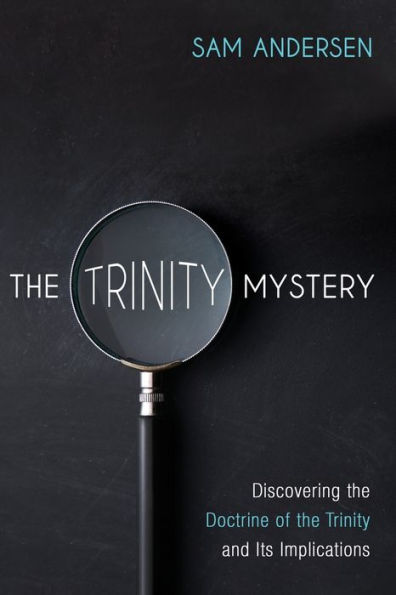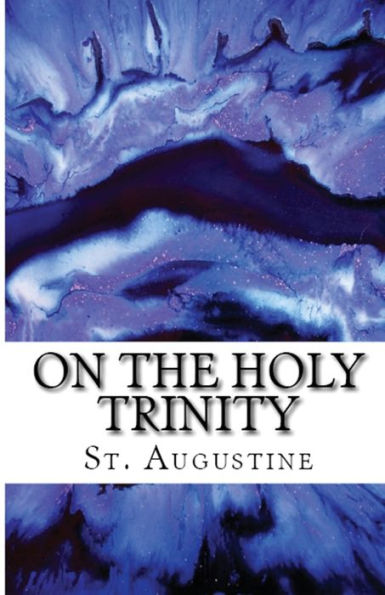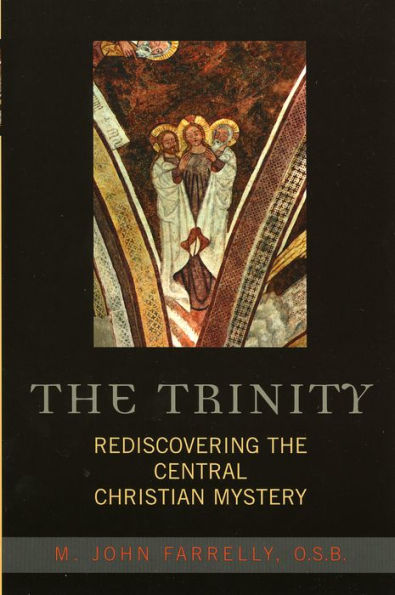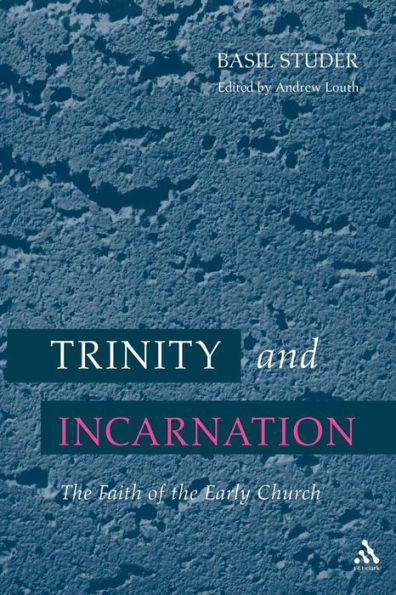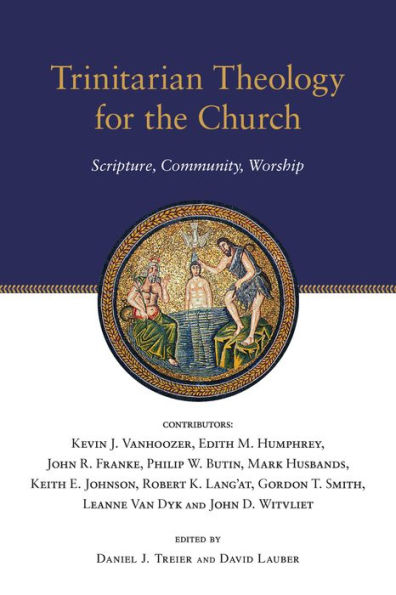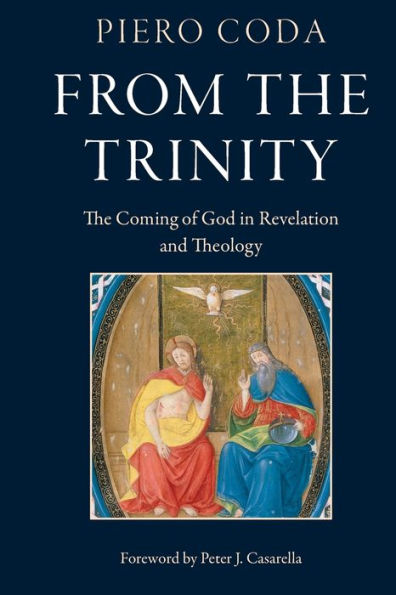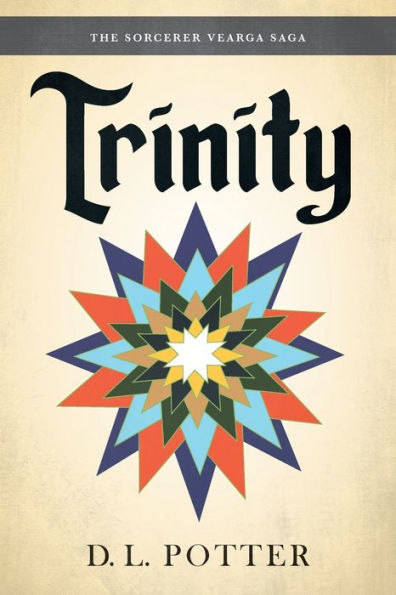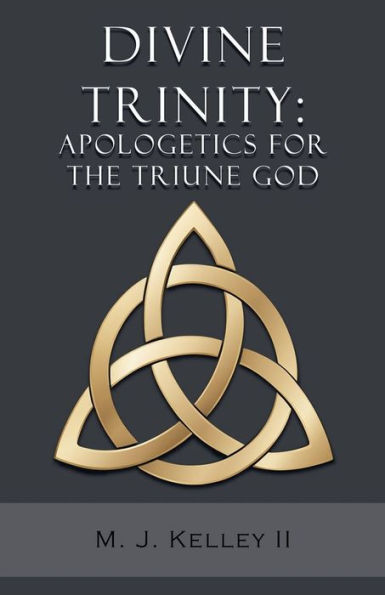Home
"The Church as the Image of Trinity"
Loading Inventory...
Barnes and Noble
"The Church as the Image of Trinity"
Current price: $54.00
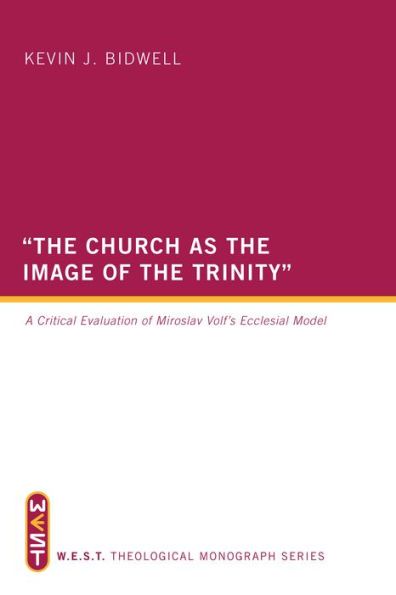

Barnes and Noble
"The Church as the Image of Trinity"
Current price: $54.00
Loading Inventory...
Size: Hardcover
*Product Information may vary - to confirm product availability, pricing, and additional information please contact Barnes and Noble
A resurgence of Trinitarian interest gained momentum in the twentieth century and it is showing little sign of abating in the twenty-first century. This research endeavors to critically evaluate Miroslav Volf's ecclesial model for "the church as the image of the Trinity," one which he presents with the English title, After Our Likeness. Volf proposes a social doctrine of the Trinity, one that is heavily influenced by the theological writings of Jürgen Moltmann, and he puts forward that this non-hierarchical Trinity should be reflected in the structures and theology of the church. If Volf is correct, then a radical reshaping is needed for the church to conform to an egalitarian pattern, one that is "after the likeness" (Gen 1:26) of an egalitarian God.
In this critical examination, Kevin J. Bidwell begins by stating the theological influences that are pertinent to Volt's thesis in After Our Likeness and the assumptions that undergird and inform his whole theological paradigm. An important theological excursus is offered to assess the theology of John Smyth, the first English Baptist, who is Volt's representative figure for the location of his own ecclesiology, the Free Church. A critical analysis follows of Volt's engagement with his two chosen dialogue partners who represent both Western and Eastern theological traditions: Joseph Ratzinger and John D. Zizioulas.
Volf presents five theses for "the church as the image of the Trinity," which could be labeled as Volt's Free Church in the image of Volt's revised doctrine of the Trinity. This monograph offers extensive insight into the contemporary debate on the doctrine of the Trinity, but it also assesses many aspects of ecclesiology from both Eastern and Western perspectives.

